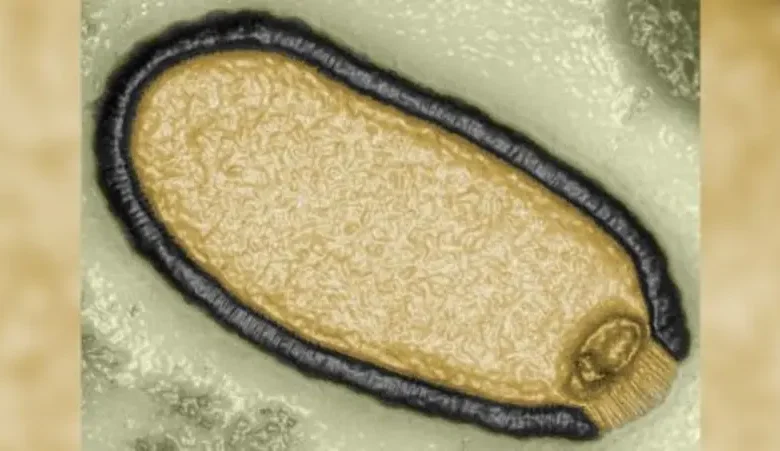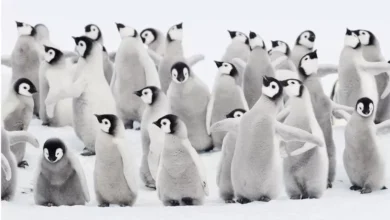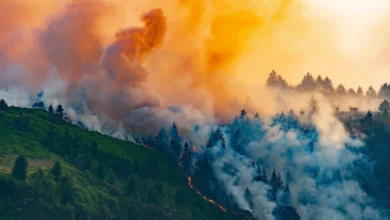Is the 58,000-year-old ‘Zombie’ virus a threat to public health? UAE Doctor weighs in

Scientists have recently discovered that viruses frozen for tens of thousands of years in Siberian permafrost are being revived, raising fears that the pathogens could create new infections.
Researchers from France, Germany, and Russia revived 13 new types of viruses that had been on ice in Siberian soil for between 27,000 and 48,500 years.
Should we be worried?
Al Arabiya English spoke to an Internal Medicine Specialist in the United Arab Emirates to weigh in on the issue and explain whether the zombie virus poses any threat to public health.
Dr. Azeem Abdul Salam Mohamad, Specialist- Internal Medicine at Abu Dhabi-based Bareen International Hospital explained that these viruses were capable of infecting only amoebae and not humans.
“But other viruses that can infect humans exist in permafrost,” he said.
Despite this, these viruses are readily destroyed upon exposure to ultraviolet rays, heat, and oxygen.
“The risk to humans is minimal and can be contained. It may not result in a pandemic,” he told Al Arabiya English on Thursday.
“This region is mostly uninhabited and virus-host interaction is unlikely.”
While the thawing of permafrost has potentially disastrous consequences, including the release of pathogens into the environment and the acceleration of climate change, it also affects the way of life of Indigenous communities.
The Arctic is home to several Indigenous communities that rely on the region for their livelihoods, making it imperative to address these issues to ensure the protection of these communities.
Permafrost, which covers about a quarter of the Northern Hemisphere and is mostly found in Alaska, Canada, and Siberia, is thawing due to global warming.
Researchers are looking at pathogens, including bacteria and larger organisms being released as a result of permafrost thawing.
Even viruses dating back 15,000 years have been discovered in an ice cap in Tibet, according to research published last year. The findings have sparked concerns about the potential risks that could emerge from thawing permafrost.
Although scientists say their work poses negligible risk to people, their results could be extrapolated to many other DNA viruses capable of infecting humans or animals.
In December, researchers published their findings on bioRxiv, an online research portal, stating that the risk of releasing unknown viruses upon thawing ancient permafrost is bound to increase in the context of global warming. This is because permafrost thawing will keep accelerating, and more people will be populating the Arctic in the wake of industrial ventures.









